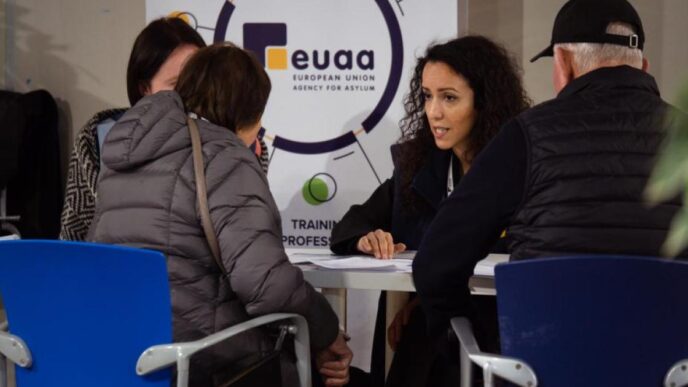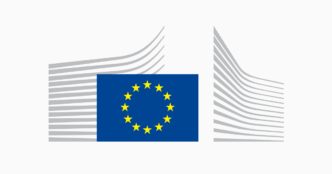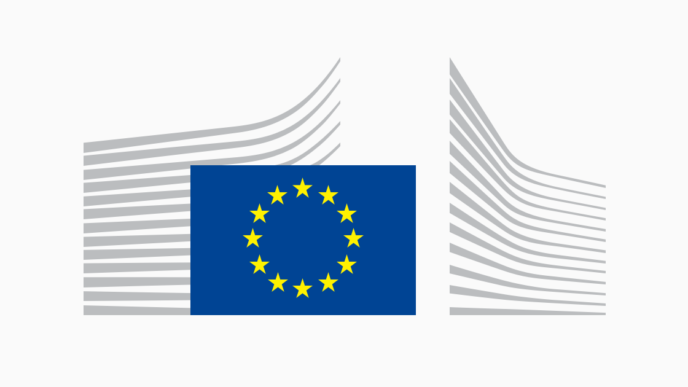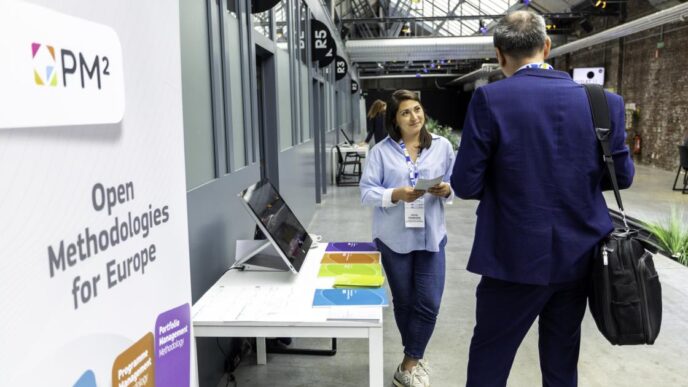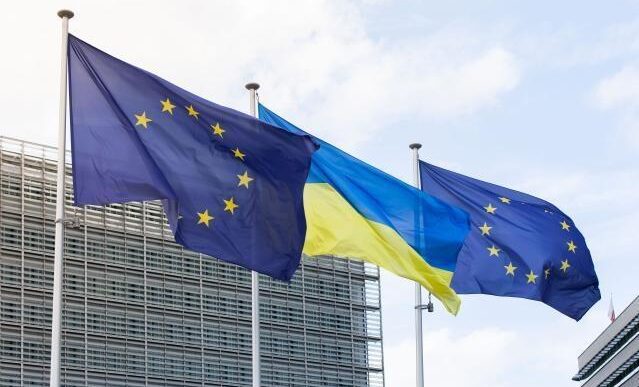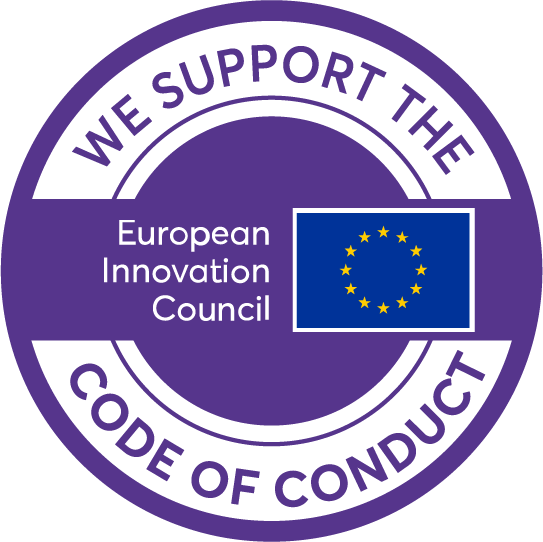Rome is preparing to welcome 250 new electric buses, which will serve the eastern and western districts of the city, marking a significant step forward in the capital’s public transport transformation.
This initiative is part of one of Europe’s most ambitious urban bus electrification projects, led by the European platform E-GAP. The project adopts a Fleet-as-a-Service model, which allows public transport operators to outsource fleet management – including vehicle provision, maintenance, and charging infrastructure – through a single, integrated service.
This model represents a major shift in urban mobility, offering a turnkey solution that simplifies the transition to electric transport. The new fleet will be supported by over 100 high-power charging points, powered entirely by renewable energy. These buses are expected to cover more than 100 million kilometres, providing a zero-emission service across densely populated areas of the city.
The system also includes smart fleet management and energy storage technology, ensuring efficient energy distribution even during peak demand and helping to overcome limitations in the existing power grid.
The benefits of this intermodal approach extend beyond environmental impact. By reducing upfront investment and operational complexity, the Fleet-as-a-Service model makes it easier for cities to adopt sustainable transport solutions. It also enhances service flexibility, allowing fleets to scale according to demand, and supports the adoption of the latest vehicle technologies.
For Rome, this means not only cleaner air and quieter streets, but also a more reliable, modern public transport network that integrates seamlessly with the city’s broader mobility ecosystem.
Author: Carla Giaume
Views and opinions expressed are those of the author(s) and do not reflect those of the European Commission.



